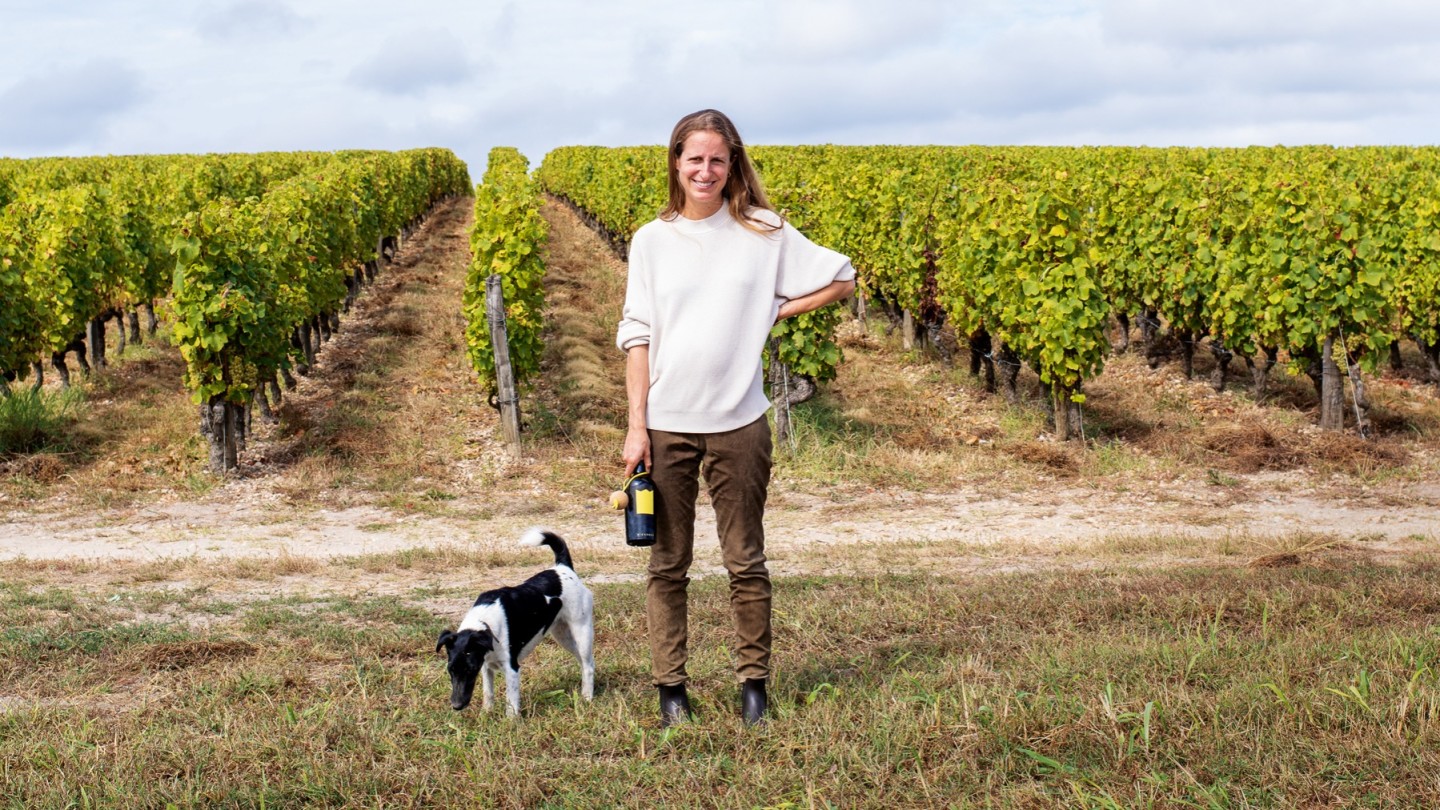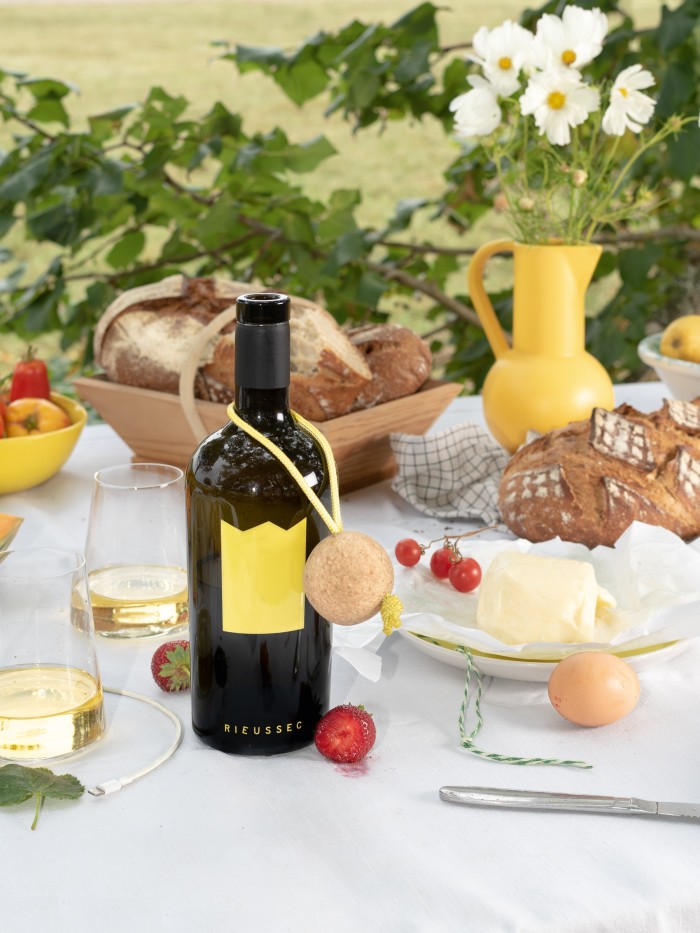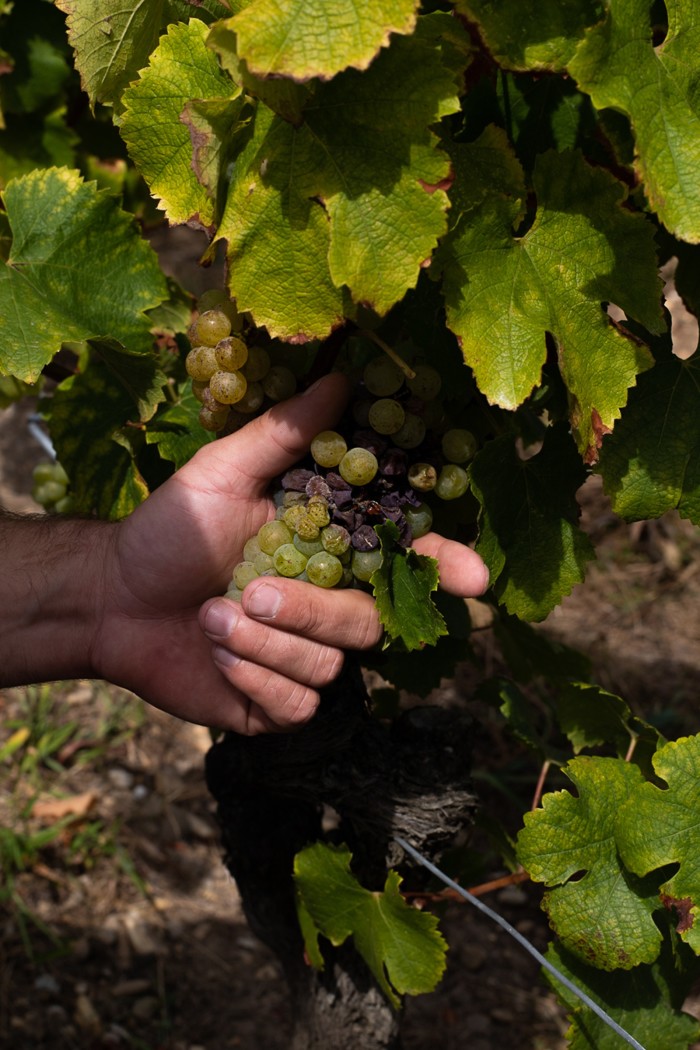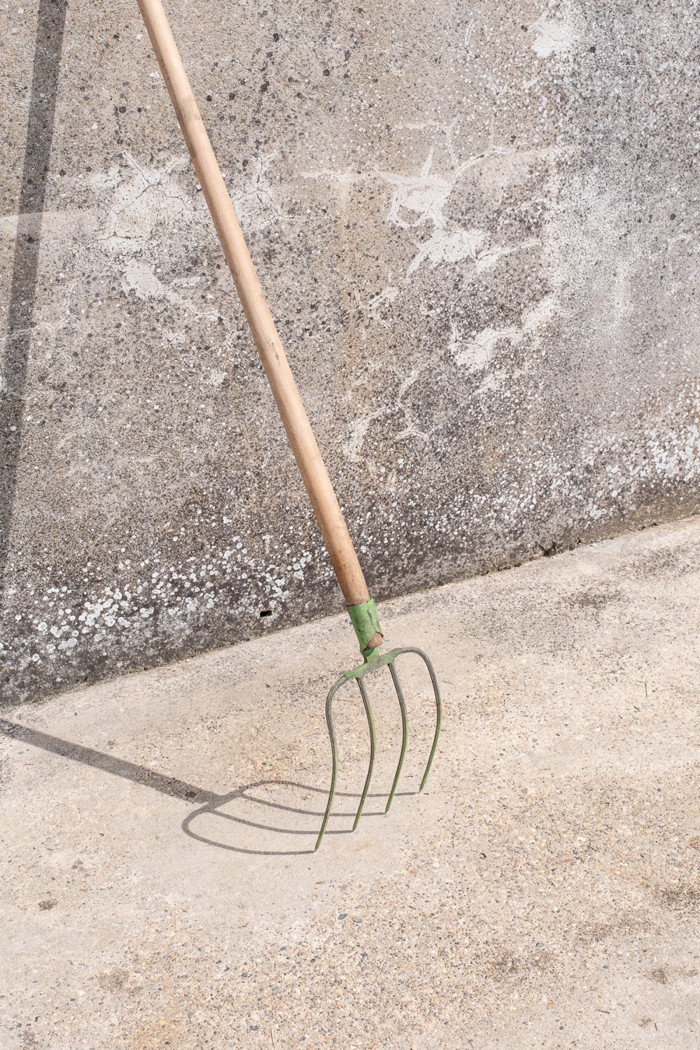The Rothschild behind the reinvention of Sauternes

Roula Khalaf, Editor of the FT, selects her favourite stories in this weekly newsletter.
Thirty-four-year-old Saskia de Rothschild is no doubt accustomed to VIP treatment. Chair, since 2018, of Domaines Barons de Rothschild (Lafite) – the vinous dynasty that counts, among its many properties, the Bordeaux first-growth Château Lafite – she heads up one of the most prestigious wine portfolios in the world.
But as soon as her Peugeot pulls up outside my hotel in central Bordeaux, I realise we won’t be standing on ceremony. “Morning!” she says brightly, chucking a greasy bag of croissants onto the dashboard so I can clamber into the passenger seat beside her. “Please do get in!”
On any other day, we’d likely be heading north to Pauillac, the home of Château Lafite. But today, we’re heading south to Sauternes, to visit Château Rieussec – the 85-hectare family estate where de Rothschild is now making swingeing changes.
Once the drink of kings and high-rollers, Sauternes has been in the doldrums lately. The decline of the digestif and a trend for lighter, fresher styles of wine have prompted even the likes of Rieussec and its neighbour, Château d’Yquem, to question their messaging. “Sauternes? I can hardly give it away for free right now,” laments a top wine merchant just days before I head out.

De Rothschild is certainly under no illusions about the state of France’s most storied sweet wine. “It used to have such an aura. But now it’s seen by many as outdated and out-of-touch – something you just have with foie gras or at Christmas. We want to strip away all that ceremony – make Sauternes feel simpler, more fun and more versatile.”
Her answer was to commission Big Game – a Swiss design agency better known for collabs with Muji, Alessi and Ikea – to do a complete rethink of the packaging. “All Sauternes bottles look the same: clear glass with a gold crown on,” she says. “We thought: how do we push away from that?”
The new bottle, which makes its debut this month, is a radical departure from tradition. It’s cast in olive-green, 100 per cent recycled glass, emblazoned with an abstract yellow crown, and topped with a spherical cork stopper. What does her father, the former chairman of DBR, make of it? “He hates it!” de Rothschild laughs. “He says, ‘I understand why felt you needed to do this, but will you keep some in the old bottle for me?’” In the light-filled tasting room at the château, she serves me the new 2019 vintage in an angular, stemless Stölzle wine glass. And she serves it very cold in a bid to bring more freshness to its honeyed, tropical notes. “I’ll often add a cube or two of ice, if I’m having it as an aperitif.”
To mark the launch of the new bottle, a series of dinners have been planned, pairing Rieussec with Chinese dishes, seafood and vegetarian cuisine. It will be interesting to see what sticks. But all this is really just top-dressing for more deep-rooted changes that are now taking place at Château Rieussec. This year, the estate applied for organic certification, marking the latest step in a long-term sustainability strategy that will see all DBR’s French estates, including Château Lafite, achieve organic certification over the next few years.
DBR’s other Bordeaux estate L’Evangile (often dubbed the “insider’s Pomerol”) is already certified. And there are several schemes under way to conserve and regenerate habitats across the family’s properties.


When I visit Rieussec in mid-September, the grapes are starting to succumb to the botrytis, or noble rot, that will transform them into a vin liquoreux – and all around us, as we walk the vines with her 36-year-old vineyard manager Jean de Roquefeuil, there is a gentle, sweet whiff of decay. “It is so labour-intensive – and nature-intensive – to make Sauternes,” says de Rothschild. “You need this climatic magic to happen to get the rot; the grapes have to be picked by hand. There is so much that is hard to control.”
De Rothschild is hands-on by all accounts: she has a diploma in vine management on a par with Château Rieussec’s own viticulturalist. “Even when I was young I was very curious, spending a lot of time at Lafite, in the vineyards, trying to learn about things.” Nonetheless, she says, she “never felt pushed” to go into the family business. Both her brothers do “other things”.
A graduate of HEC in Paris and Columbia University, and fluent in four languages, de Rothschild spent her early career as a journalist, first in Argentina, then west Africa and finally at The New York Times. “The time in west Africa was a period of big upheaval,” she says. “Terrorist attacks, elections. There was a lot of hard news.” It was a time of welcome anonymity, too. “When you’re a journalist, who you are doesn’t matter – it’s the story that matters. I found it very salutary.”
As well as running a wine empire, de Rothschild is also the mother of one, soon to be two, small children. And the question of legacy is never far from her mind. “I am the sixth generation, so just a little piece in the story – what concerns me is making sure people can still be doing this, on this land, in six generations’ time,” she says.
On the inside of her forearm is a tattoo that says tout va bien (“all is well”). Does she consider herself a positive person? “The challenges we are facing worry me sometimes, but they are also what animates me,” she says, with a level gaze. “I like the fight we have.”
Comments